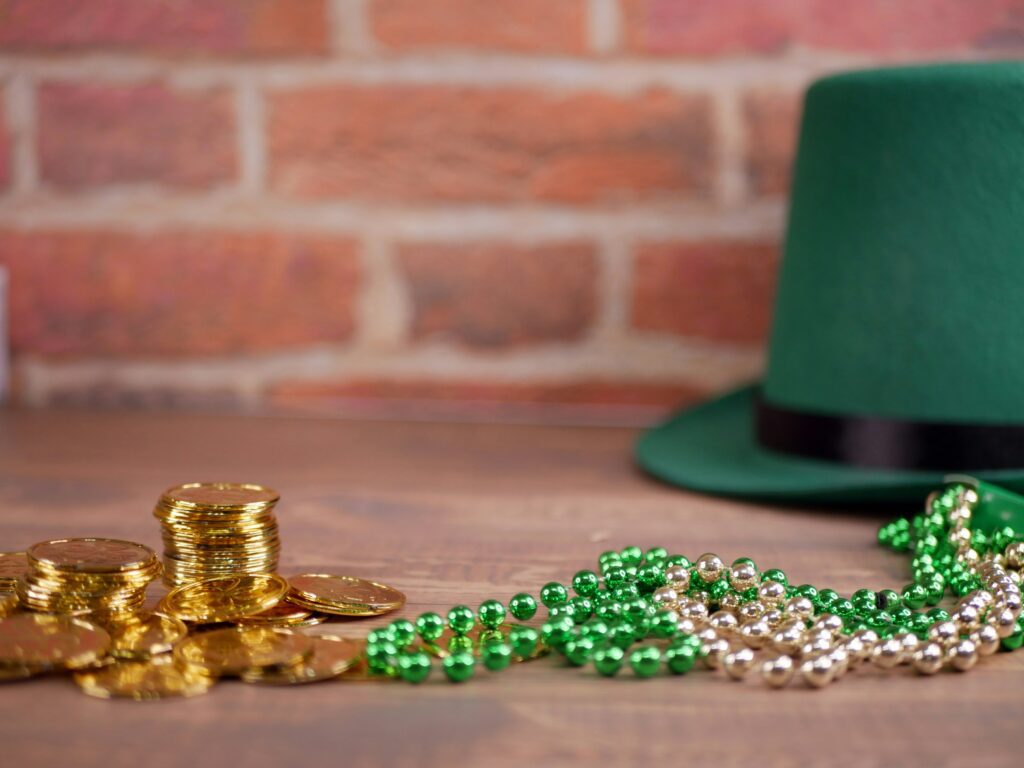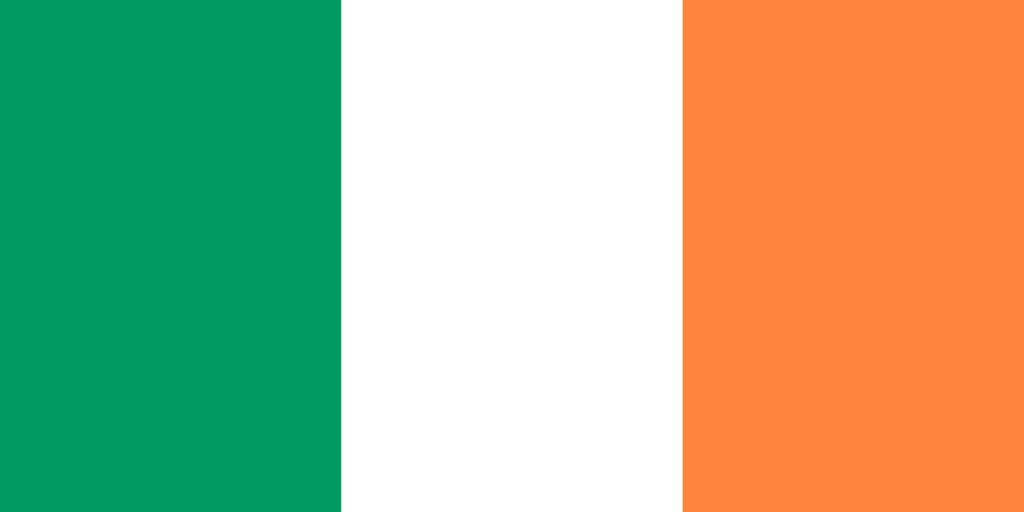

X
This site uses cookies. By continuing to use this site you agree to our use of cookies. To find out more, see our Privacy Policy and Cookie Policy.

Each 17th March, the world paints itself green and gold for St Patrick’s Day. It is a jubilant celebration of Irish culture, heritage, and the legacy of Ireland’s patron saint. There are many traditions associated with St Patrick’s Day, and the Irish flag plays a significant role in commemorating this joyous occasion.

St Patrick’s Day honours the memory of St Patrick, the legendary missionary who brought Christianity to Ireland. What began as a religious feast day has evolved into a global celebration of Irish identity. It is marked by parades, festivals, music, dancing, and a sea of vibrant green attire.
St Patrick’s Day festivities are filled with a sense of camaraderie and fun. Revellers from all walks of life come together to embrace the spirit of the Emerald Isle. The iconic shamrock is said to have been used by St Patrick to explain the Holy Trinity. It adorns lapels and decorations, while pints of Guinness flow freely in pubs around the world. All of this is accompanied by traditional Irish music and dance.
Central to the celebrations of St Patrick’s Day is the Eire flag, a tricolour banner of green, white, and orange. The significance of the Eire flag goes beyond its striking design – it serves as a powerful symbol of unity, resilience, and the enduring spirit of the Irish people.

Each colour of the flag holds its own significance. The green symbolises the Catholic nationalist tradition and the lush landscapes of Ireland. The orange represents the Protestant unionist tradition and commemorates the supporters of William of Orange. The white, positioned between the green and orange, symbolises peace and reconciliation between these two communities.